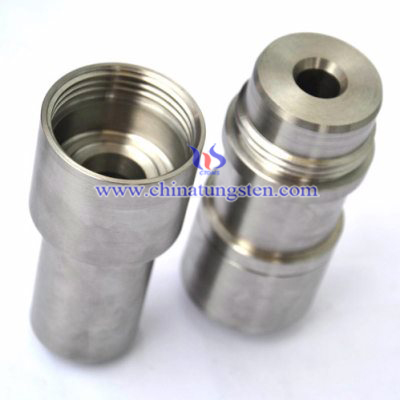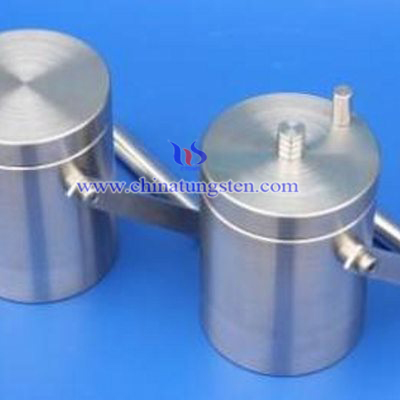
For decades, lead has been considered the gold standard in radiation shielding. It’s cheap, easy to process, and provides very effective shielding. Yet growing health, safety and environmental concerns over the mining, processing, handling and disposal of lead have brought about an increasingly stringent regulatory environment regarding the sale and use of lead products. Tungsten alloy lead free radiation shielding compounds developed to shield gamma and x-ray sources are RoHS compliant and do not contain lead, lead compounds, or any other material considered hazardous or toxic by the U.S. EPA.
Lead free tungsten alloy radiation shielding is based on the principle of attenuation, which is the ability to reduce a wave’s or ray’s effect by blocking or bouncing particles through a barrier material. Charged particles may be attenuated by losing energy to reactions with electrons in the barrier, while x-ray and gamma radiation are attenuated through photoemission, scattering, or pair production. Neutrons can be made less harmful through a combination of elastic and inelastic scattering, and most neutron barriers are constructed with materials that encourage these processes. The main types of radiation encountered in industrial projects include:
• Tungsten alloy Gamma and X-rays Shielding: These are forms of electromagnetic radiation that occur with higher energy levels than those displayed by ultraviolet or visible light.
• Tungsten Alloy Neutron Shielding: Neutrons are particles that have neither a positive nor a negative charge, and thus provide a wide range of energy and mass levels that must be blocked.
• Tungsten Alloy Alpha and Beta Particles: Alpha particles are positively charged helium nuclei, and are relatively easy to block, while beta particles are negatively charged electrons that are more difficult to shield against.
There are several factors that influence the selection and use of radioactive shielding materials. Considerations such as attenuation effectiveness, strength, resistance to damage, thermal properties, and cost efficiency can affect radiation protection in numerous ways. For example, metals are strong and resistant to radiation damage, but they undergo changes in their mechanical properties and degrade in certain ways from radiation exposure. Likewise, concretes are strong, durable, and relatively inexpensive to produce, but become weaker at elevated temperatures and less effective at blocking neutrons.
 |
 |
If you have any enquiry or purchase plan about lead free tungsten alloy radiation shielding ,please feel free to contact us at sales@chinatungsten.com sales@xiamentungsten.com. Or call: 0086 592 512 9696, 0086 592 512 9595.